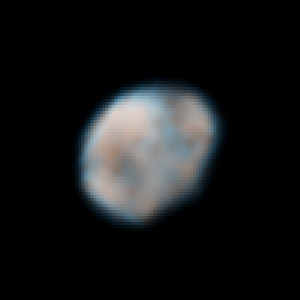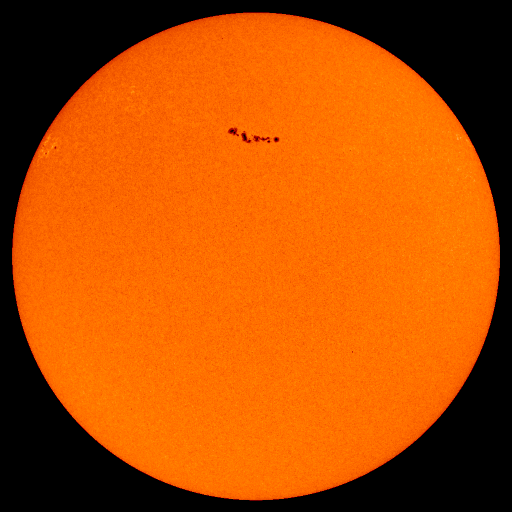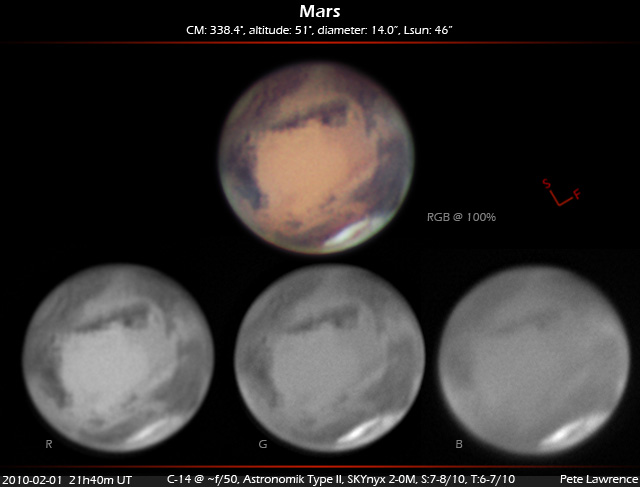Over the next week, the asteroid Vesta will gracefully slide past the beautiful double star Algieba, in the constellation of Leo the Lion - as shown in the animation below (Vesta is the moving object left of centre; each frame is from the evening of the date shown).

So it has never been so easy to see an asteroid!
To find Vesta, look for the constellation of Leo - easy to spot in the east at 8pm, or by midnight it has reached due south. The bright red planet Mars is also a useful guide, to the top-right of Leo. Leo is easy to identify thanks to the big "backwards question mark" of stars, that forms the head of Leo the lion in ancient mythology.
Then look for Algieba - it forms the neck of the lion, or half way up the question mark. It's easy to see with your own eyes, and if you look through a telescope you can see that it is not just one star, but a beautiful pair of stars, orange and blue. The different colours tell us that these stars are at different temperatures, the blue star being much hotter.
Point your telescope towards Algeiba on the nights of the 14th to the 17th of February, and the asteroid Vesta will be in the field of view. Vesta is on the limit of what you can see without optical aid, so you will need either a very dark site away from light pollution, or binoculars or a small telescope to see it.

More information about Vesta, which orbits the Sun once every 3.6 years, can be found on the Wikipedia. The animation above was produced using the free Setllarium software.





